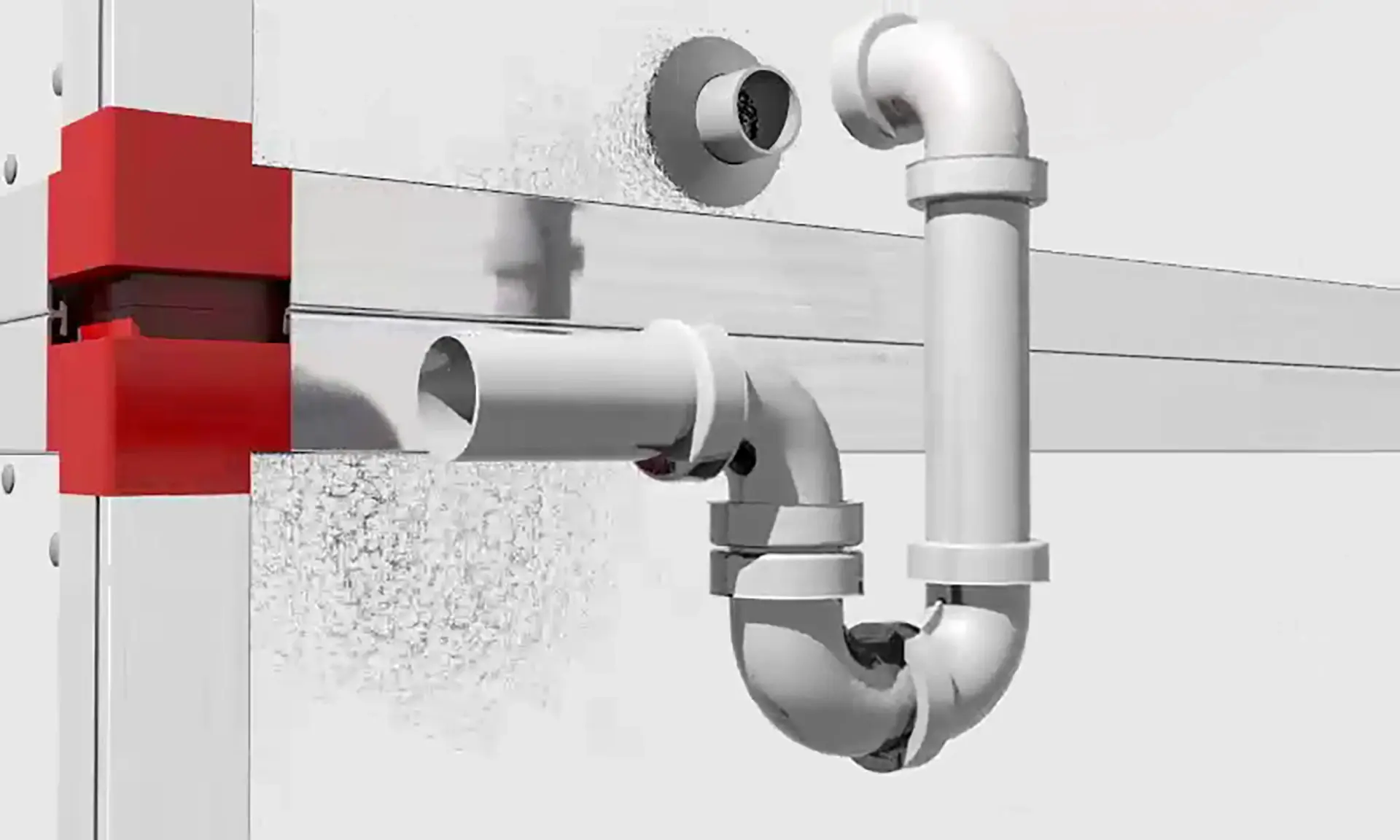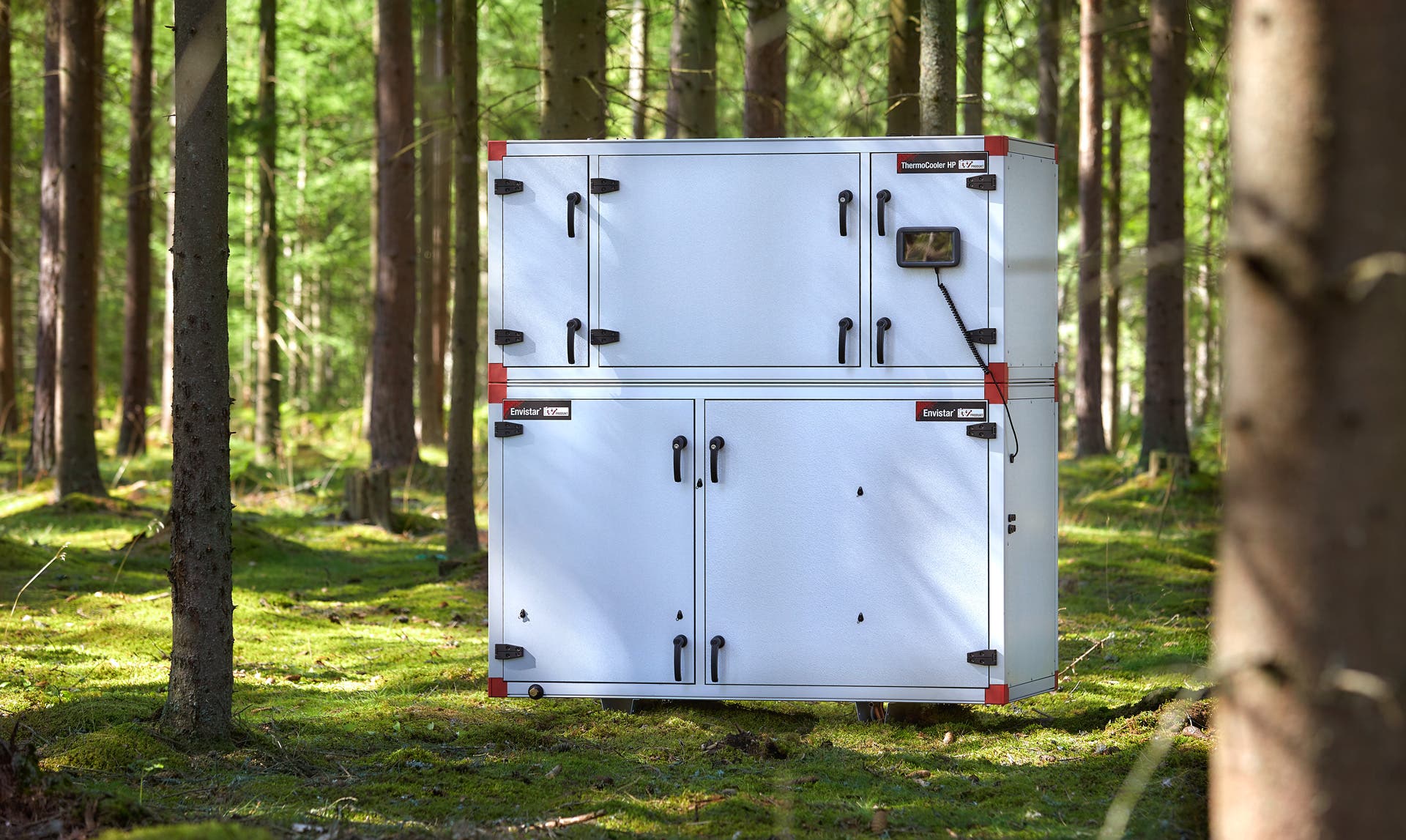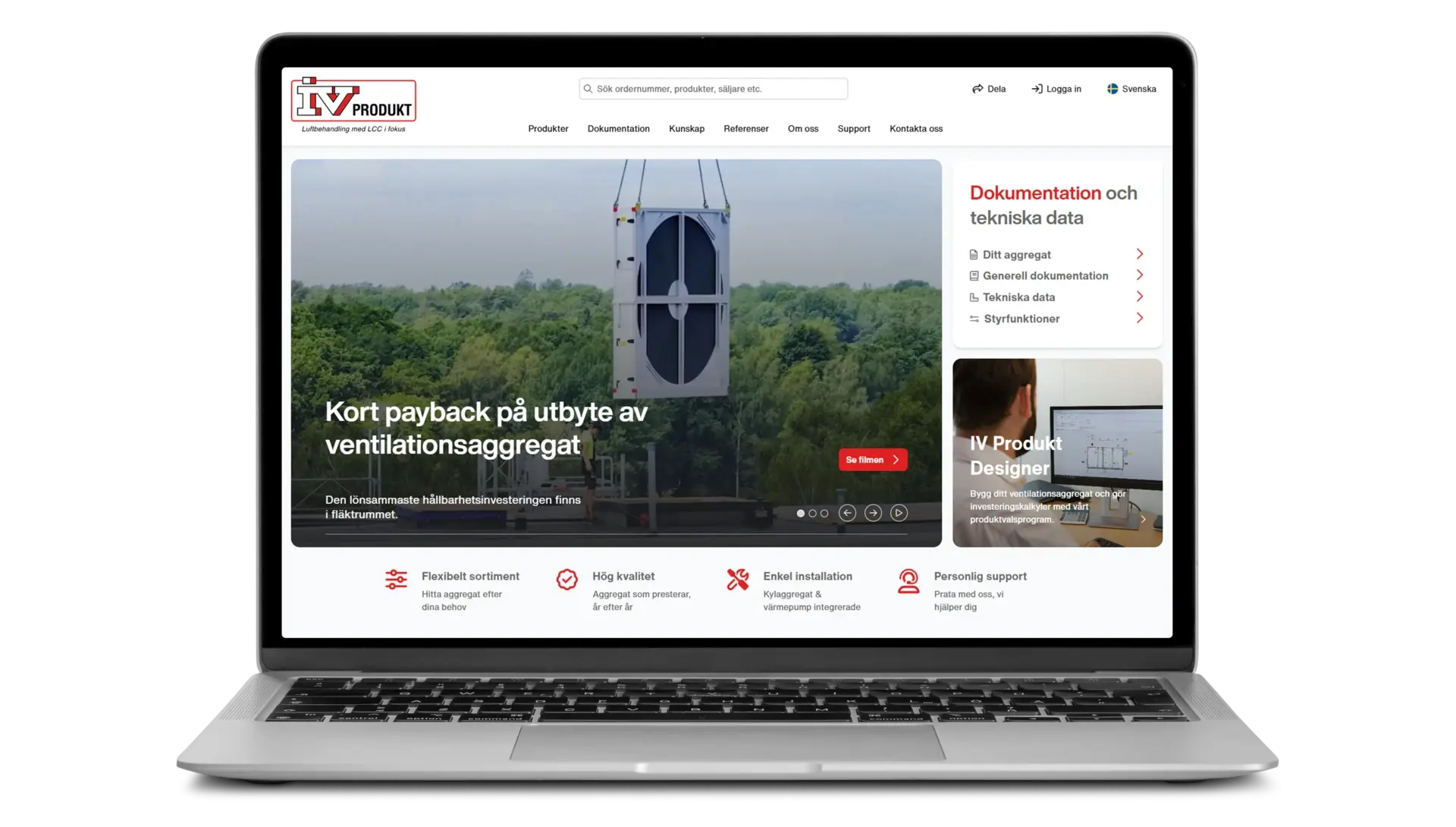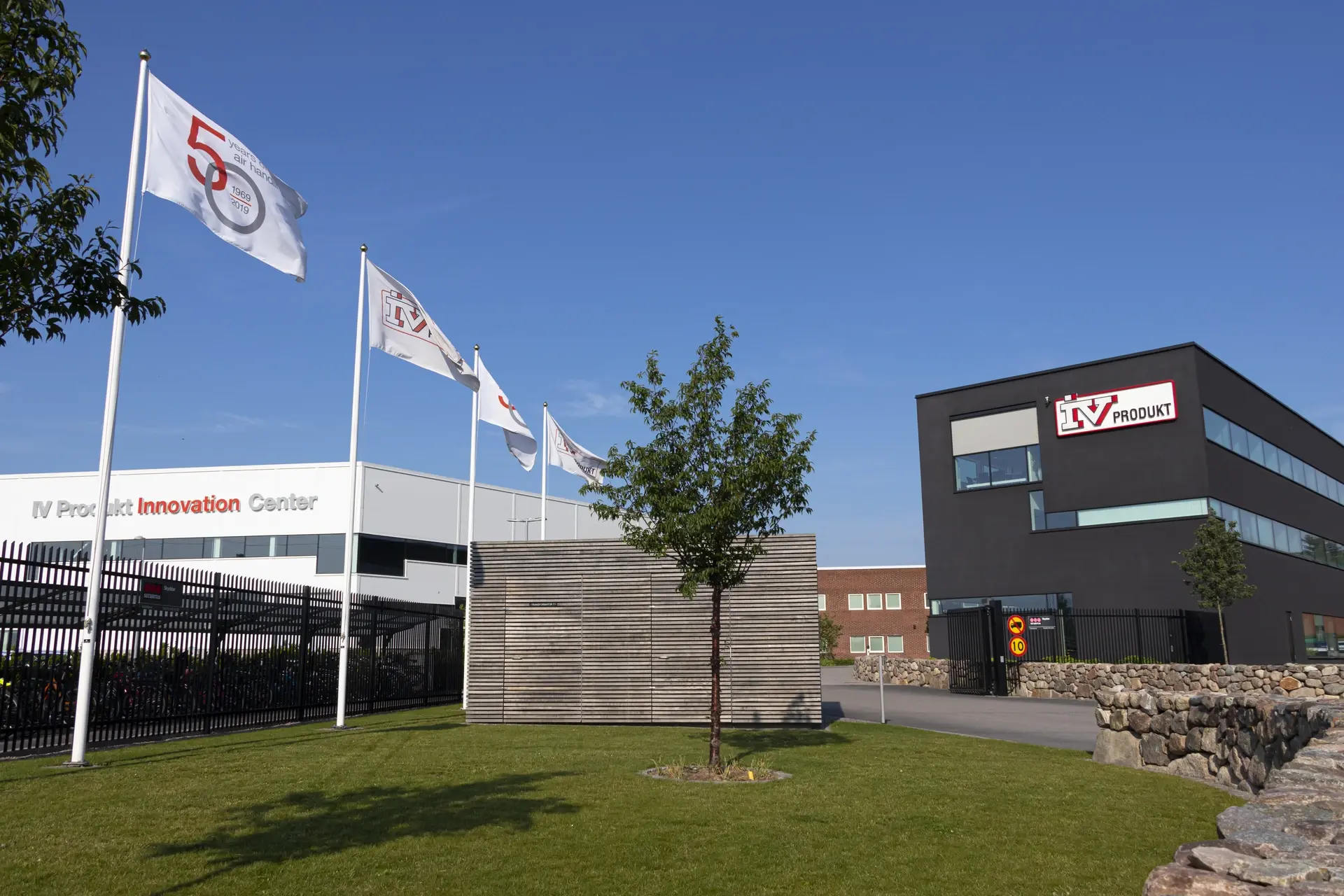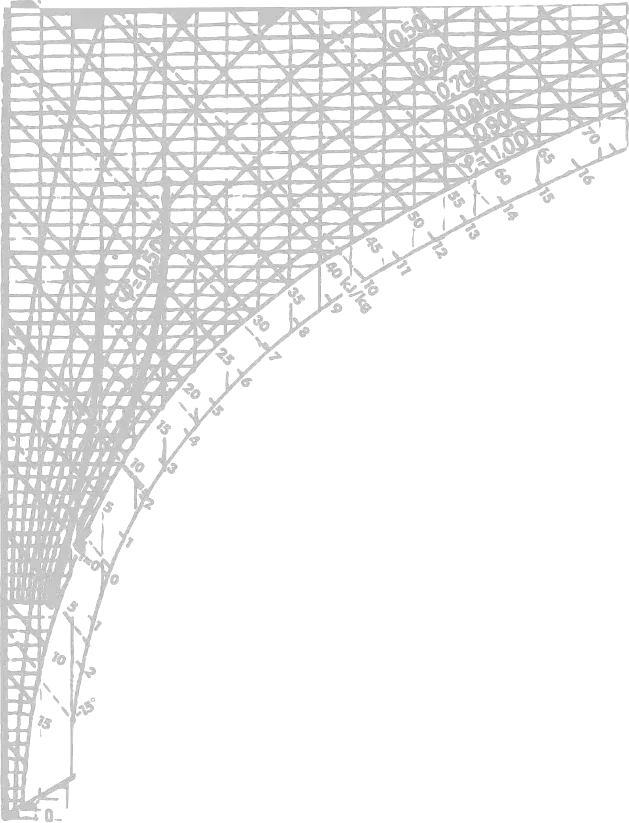
No compromise when replacing traditional AHU installations
Manuel Swärd, Export Director for West Europe at manufacturer IV Produkt, explains why an air handling unit solution specifically designed and optimised for heating is perfect for the UK climate.

Driven by the push for energy efficiency, sustainability, and lower costs, UK customers are seeking new AHU HVAC solutions for heating and cooling. A leading option is the AHU with an integrated reversible heat pump, offering simpler installation, single heat exchange, and a one-supplier, one-responsibility setup.
Traditional units over-promising and under-delivering
Traditional systems are mainly optimized for cooling and often underperform in terms of energy efficiency and indoor climate during winter. Defrosting issues and fluctuating supply temperatures force compromises: either reduced energy performance with higher heating demand or poorer air quality with lower airflow and colder supply air.
The UK’s focus on better indoor air quality, energy efficiency, decarbonisation, and sustainability means such compromises are no longer acceptable. This led IV Produkt to develop the Envistar Flex ThermoCooler HP R454B – a new type of defrost-free AHU with an integrated reversible heat pump.
ThermoCooler HP R454B
The ThermoCooler HP R454B is designed for defrost-free heating while still delivering efficient cooling. Its new DX-cycle and AHU layout, with both the evaporator and condenser on the warm side of the thermal wheel, are optimised for the UK and Northern European climate, ensuring continuous winter heating without defrosting, preheating, or reheating prioritising reliable heating over maximum cooling capacity.
In heating mode, the new DX coil positioning and control algorithm maximize the thermal wheel’s temperature efficiency, using the heat pump only when necessary to raise supply air temperature, significantly improving the unit’s SCOP. In cooling mode, free and night cooling are prioritized before DX cooling, while higher DX evaporation temperatures reduce energy use and provide efficient, comfortable cooling.
Energy efficient operation
The diagram illustrates how the thermal wheel and the reversible heat pump first work in sequence at higher ambient temperatures, and then start working in parallel when the thermal wheel alone cannot provide 20°C supply air. This example is taken in a Greater London climate with an annual average temperature of 10°C.
Improved sustainability and 3 out of 3 available BREEAM credits
As the UK market moves toward lower GWPs and greater sustainability, the new ThermoCooler HP R454B is designed to meet these demands by operating with R454B refrigerant, cutting GWP by 78% compared to R410A and 31% compared to R32. Its advanced DX design, optimized power ratio, and automatic leak detection allow it to achieve all 3 BREEAM Pol 01 credits for refrigerant impact — a unique accomplishment for an AHU with an integrated reversible heat pump.
Customer simplification and full security
To simplify installation and ensure compliance, ThermoCooler HP R454B units are factory-tested, CE-marked, and supplied with a Declaration of Conformity, allowing safe installation in standard plant rooms without extra A2L refrigerant risk assessments. The integrated automatic leak detection system remains active at all times, automatically starting the AHU to neutralize any refrigerant leaks and ensure safety, even when the unit is off. Additionally, ThermoCooler HP R454B features ISO Environmental Product Declarations (EPDs) for embodied carbon, supporting sustainable building design.
Save investment cost and avoid operational problems – use correct design data!
Regardless of the cooling technology used, significant cost savings, operational stability, and flexibility can be achieved through accurate cooling design data. Overestimating comfort cooling requirements often leads to inflated specifications that increase investment costs and reduce operational stability and VAV flexibility at part load.
Warmer temperatures: lower relative humidity [RH]
A common mistake in cooling design is assuming maximum temperature and humidity occur simultaneously, when they actually mirror each other. Data from a warm summer week in Greater London 2024 shows that a design point of 30°C/50% RH would meet all real conditions. Designing instead for 32°C/60% RH would require 55% more cooling capacity, leading to unnecessary cost, reduced stability, and poor temperature control at part load — where most comfort cooling hours actually occur.
Ongoing projects?
Together, let's find the optimal solution for you!








